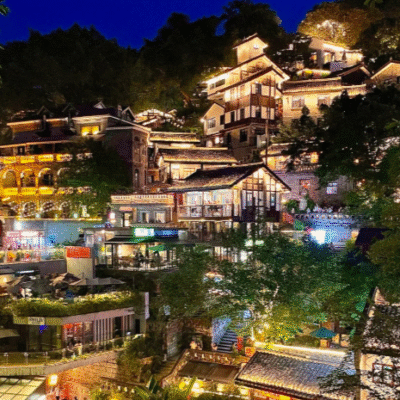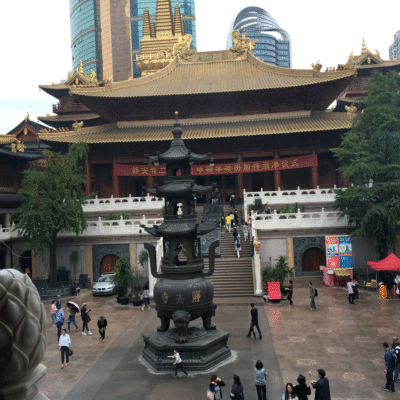Let’s get started.
Tiananmen Square is the heart of Beijing and a powerful symbol of modern China. It is one of the largest public squares in the world, covering approximately 440,000 square meters and capable of holding up to one million people at a time. For example, when Chairman Mao Zedong passed away, around one million people gathered here to pay their respects.
The square is surrounded by several iconic landmarks, including the Forbidden City, the Great Hall of the People, and the National Museum. Visiting Tiananmen Square means you’re also close to multiple famous attractions all in one place.
How to Prepare for City Travel (For Visitors)
Bring a valid passport
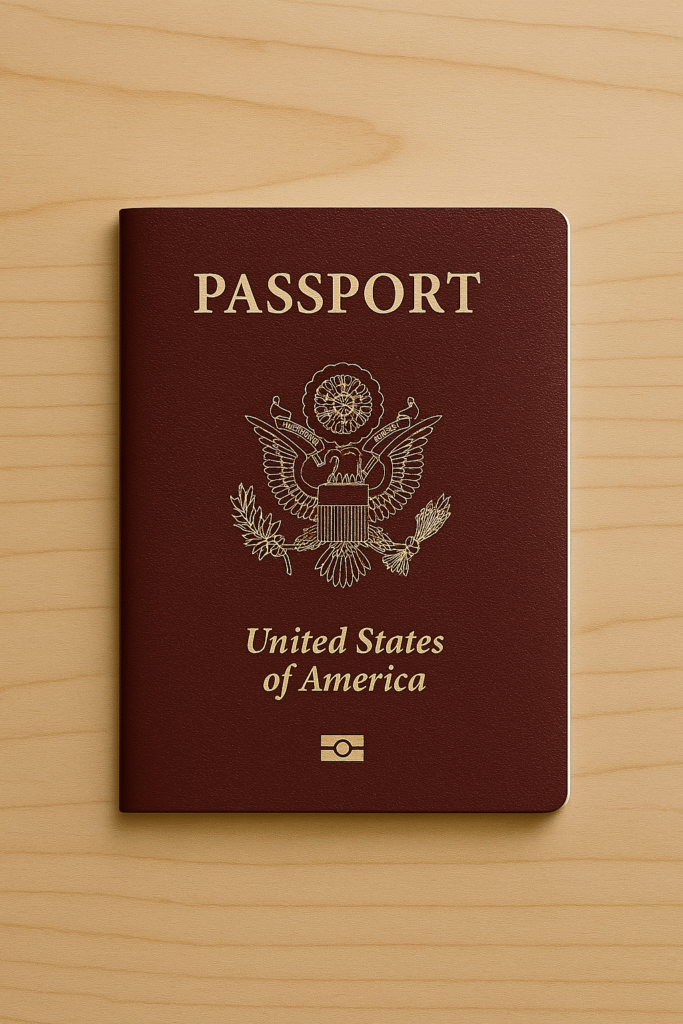
Be sure to always carry your passport with you. It serves as the primary form of identification for hotel check-ins and is essential for identity verification, purchasing tickets, boarding flights, and many other situations during your trip. Keep your passport safe to avoid loss or damage, and consider backing up an electronic copy as a precaution.
Have a mobile phone with map and translation apps installed
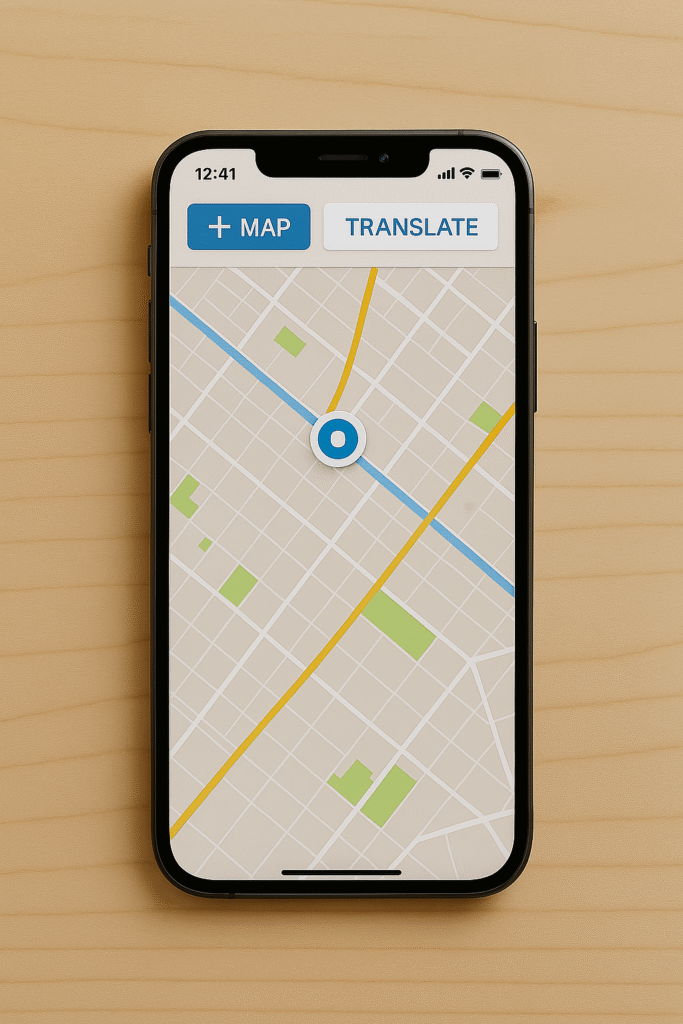
Use reliable map apps like Google Maps or offline alternatives, and install translation tools such as Google Translate to help communicate in unfamiliar languages.
Prepare a metro card or enough fare for transportation
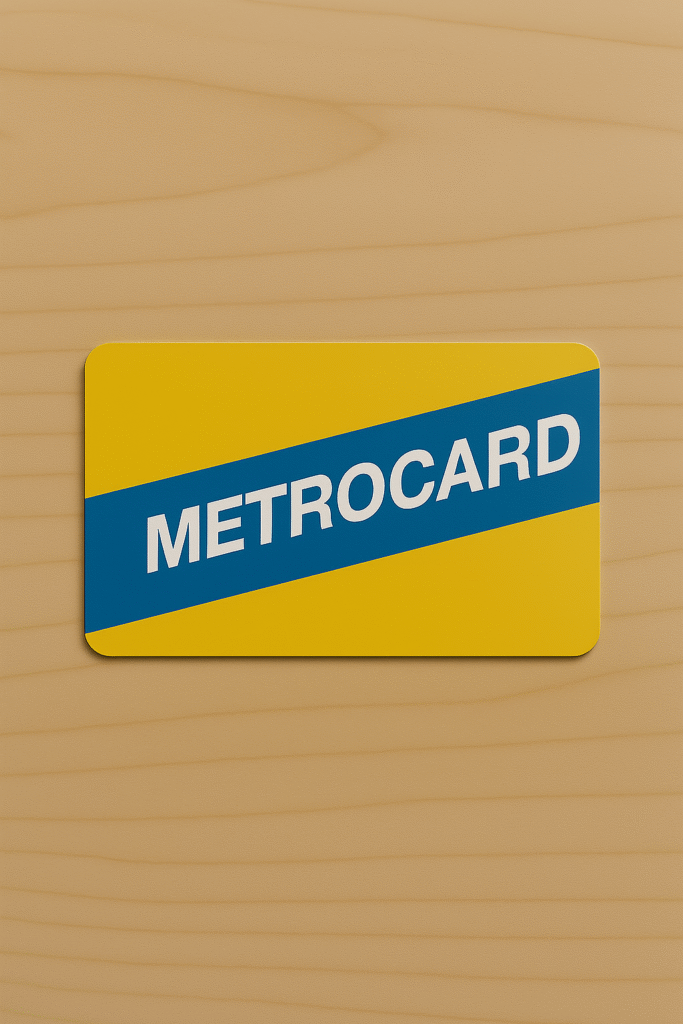
Get a local transportation card, or have cash or mobile payment ready to easily pay for buses, subways, and other public transport. Using a transportation card often provides discounts and makes transfers smoother, so it’s a convenient choice for frequent travelers.
Wear comfortable shoes

Expect to do a lot of walking. Choose breathable, comfortable shoes to keep your feet happy and reduce fatigue. Wearing proper footwear can help prevent blisters and soreness, making your travel experience much more enjoyable.
Arrive early
Plan your route ahead and try to leave early. This helps avoid rush hours and gives you extra time in case of unexpected delays. Please note that entering Tiananmen Square requires a prior reservation — without a booking on the day of your visit, entry will not be allowed. Make sure to arrange your reservation in advance.
Tiananmen Square is open to the public 24 hours a day and is free to enter. However, since 2021, visitors must make a reservation in advance to access the core area of the square. Reservations must be made through official platforms such as the “Tiananmen Square Reservation” WeChat mini program or the “Beijing Tong” app. You can typically book 1 to 9 days in advance. Although the square is open all day, it may be temporarily closed due to major events or security needs, so it’s advisable to check official announcements before your visit.
The Tiananmen Gate (Tiananmen Tower) is a ticketed attraction with different hours for peak and off-peak seasons. The peak season runs from April 1 to October 31, with opening hours from 8:30 AM to 5:00 PM. The off-peak season runs from November 1 to March 31, with hours from 8:30 AM to 4:30 PM. It is usually closed on Mondays (except on national holidays). Ticket prices are 15 RMB for adults, 5 RMB for students and seniors over 70, and free for children and military personnel. Note that same-day reservations are not available for the Tiananmen Tower—tickets are released daily at 5:00 PM and can be booked up to 7 days in advance.
Other nearby attractions also require reservations. For example, the Chairman Mao Memorial Hall is generally open from 9:00 AM to 12:00 PM and requires an appointment through a designated platform. The Great Hall of the People and the National Museum of China also require advance reservations. Please refer to their official websites or announcements for exact visiting hours.
In summary, if you plan to visit Tiananmen Square and surrounding attractions, it is recommended to make a reservation at least one day in advance and bring a valid ID or passport for real-name entry. During holidays or peak tourist seasons, booking early is essential to secure a spot. If you wish to watch the flag-raising ceremony, be sure to choose a reservation slot at least one hour before sunrise.
Make sure to arrange your reservation in advance at https://yuyue.tamgw.beijing.gov.cn/. If you need assistance with the reservation process, please call 010-86409660.
Step 1: Know Where Tiananmen Square Is

Location: Tiananmen Square, East Chang’an Avenue, Dongcheng District, Beijing, 100006, China.
Surrounding landmarks:
Tiananmen Square is surrounded by several significant landmarks that highlight China’s rich cultural and political heritage. To the north lies the Tiananmen Gate and the Forbidden City, iconic symbols of China’s imperial past and the traditional seat of power.
To the south is Qianmen Street, a well-known pedestrian shopping area famed for its traditional architecture and variety of local snacks. On the eastern side stands the National Museum of China, which houses extensive collections that showcase the country’s cultural and historical artifacts. To the west is the Great Hall of the People, the central venue for major governmental meetings and political events.
This area is a major cultural and political center, rich with historical significance and bustling with visitors year-round. It’s highly recommended to allow enough time to explore these nearby attractions.
Step 2: Get There by Subway
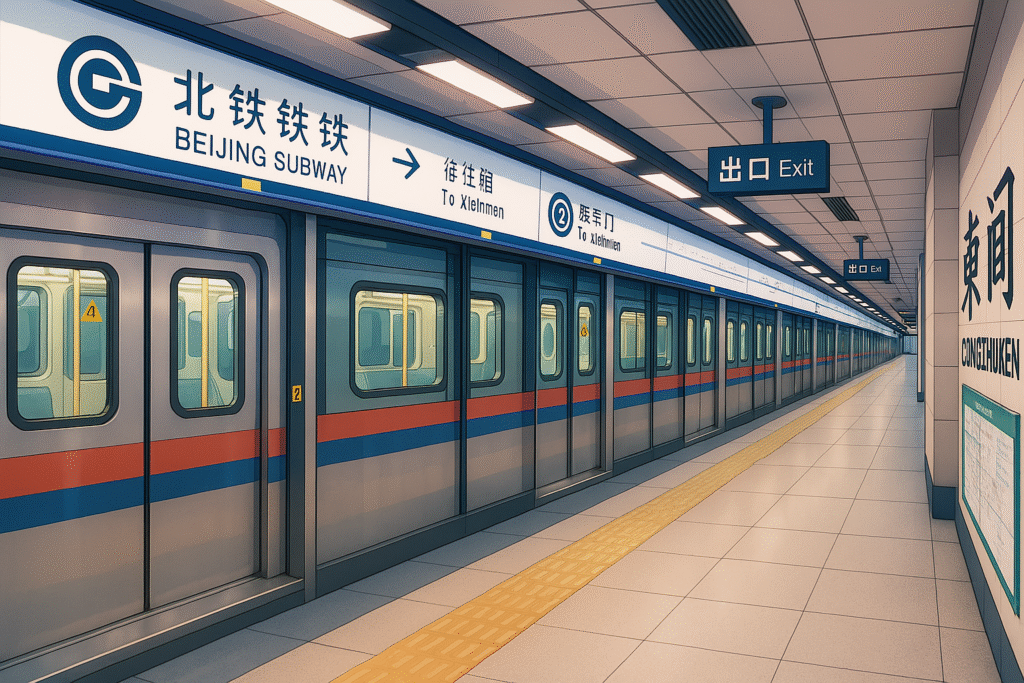
You can reach Tiananmen Square easily by subway. Take Beijing Subway Line 1 and get off at either Tian’anmen East (天安门东) or Tian’anmen West (天安门西) — both stations are within walking distance of the square. Alternatively, you can take Line 2 to Qianmen Station (前门站) and walk north for about 5–10 minutes to reach the southern end of the square.
Tip: Avoid peak hours between 8:00–9:00 AM and 5:00–6:00 PM.
Step 3: Pass Security Checks

All visitors to Tiananmen Square must pass through security checkpoints. A valid passport or Chinese ID is required for entry. Bags will be scanned, and routine body checks are conducted. Prohibited items include knives or sharp tools, lighters, large batteries, and any political materials or protest banners.
It’s recommended to travel light and be prepared for potential wait times, especially during peak hours.
Step 4: What to See at Tiananmen Square
Monument to the People’s Heroes
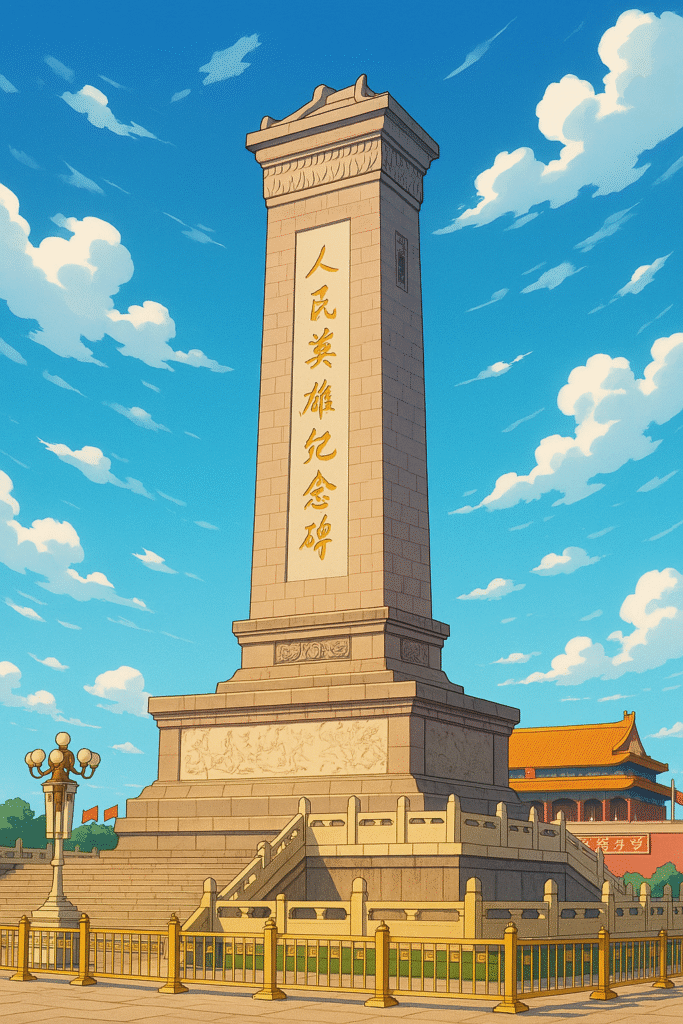
The Monument to the People’s Heroes stands at the center of Tiananmen Square in Beijing. Built in the 1950s, it honors those who sacrificed their lives for China’s independence and liberation. The monument is nearly 38 meters tall and made of granite and marble. On its front is an inscription by Mao Zedong that reads, “Eternal glory to the people’s heroes.”
Around the base are eight reliefs depicting major historical events such as the Opium War, the 1911 Revolution, and the War of Resistance against Japan. Though the interior is not open to the public, visitors can view the monument up close. It is one of the key landmarks in Tiananmen Square.
Mao Zedong Memorial Hall
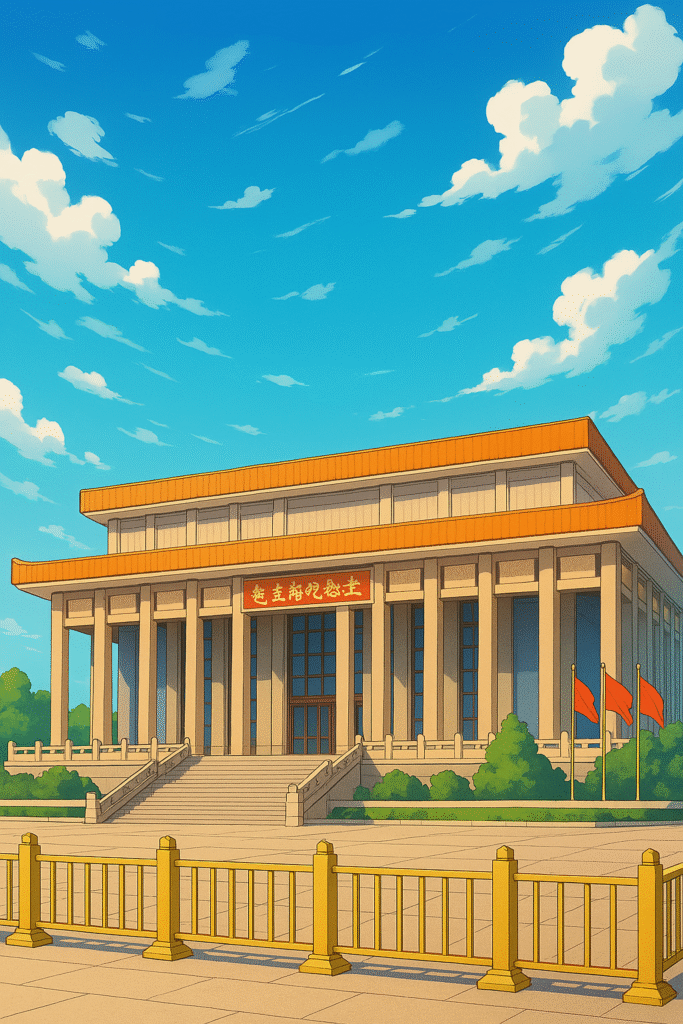
Mao Zedong Memorial Hall is located at the south end of Tiananmen Square. Visitors can view Mao’s preserved body in the morning only (usually between 7:00 AM and 11:00 AM). Bags, cameras, and phones are not allowed inside — lockers are available nearby for storage. The hall is a solemn place where many come to pay their respects to the former leader. Arrive early and expect to go through strict security checks. Admission is free, but lines can be long, especially on weekends and national holidays.
Great Hall of the People
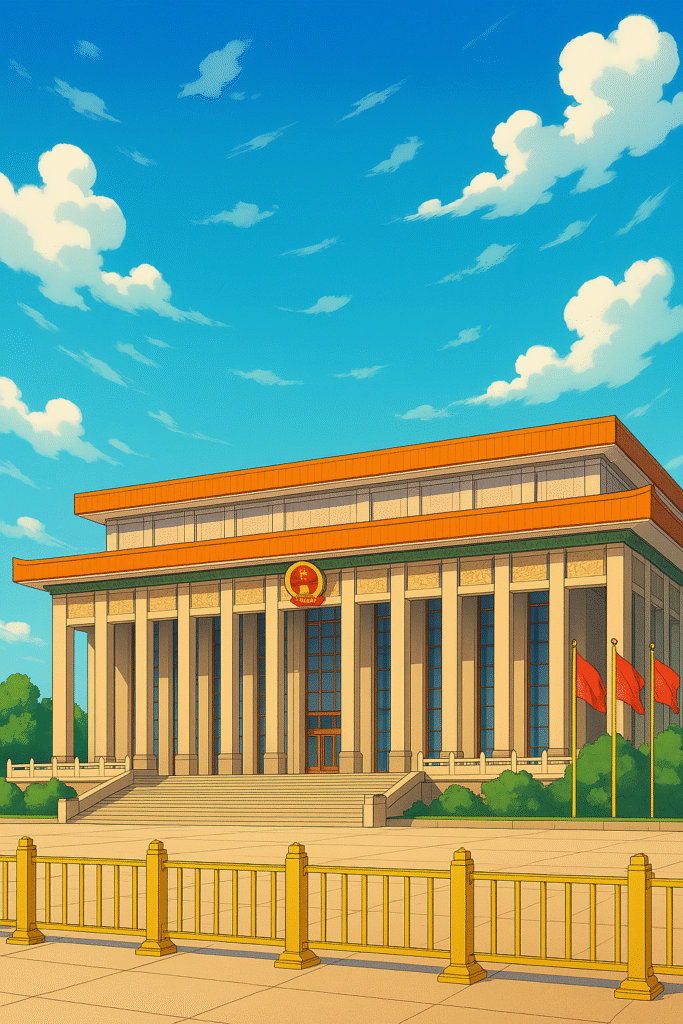
The Great Hall of the People is China’s national legislature building, located on the western edge of Tiananmen Square. It serves as the meeting place for the National People’s Congress and other important political events.
Visitors can tour the building on certain days when no official meetings are held. Highlights include the Main Auditorium, the Grand Banquet Hall, and provincial halls representing each region of China. A ticket and passport are required for entry. Guided tours are available, and security screening is mandatory.
Step 5: Watch the Flag-Raising Ceremony
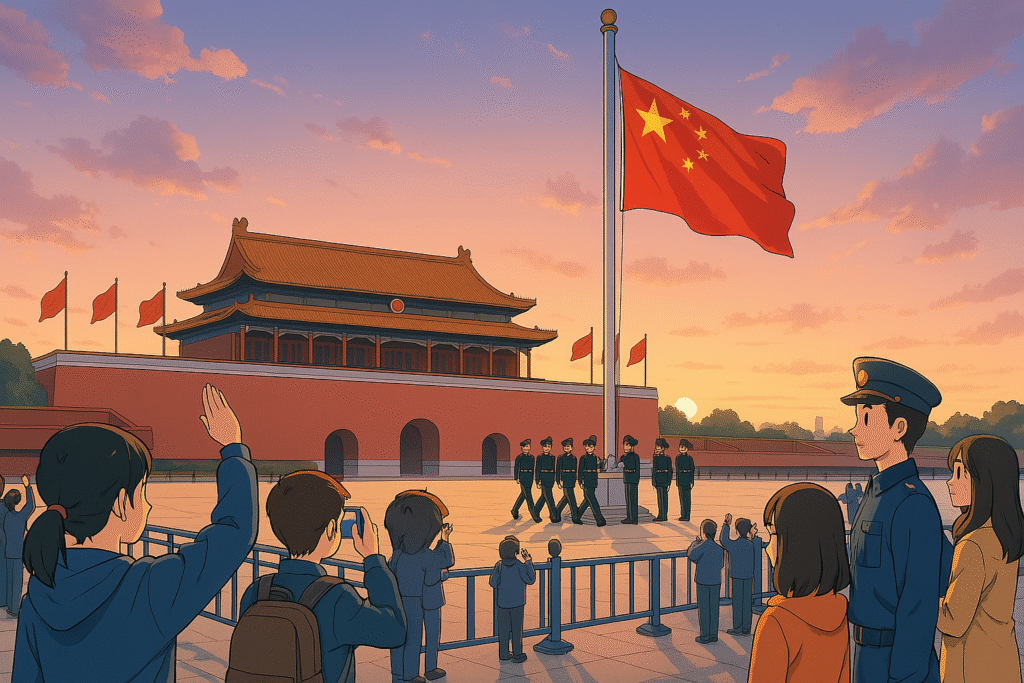
The flag-raising ceremony at Tiananmen Square takes place daily at sunrise, with the exact time varying by season—usually between 5:00 AM and 6:30 AM. To get a good viewing spot, it’s recommended to arrive 30 to 40 minutes early.
The best views are from areas near Chang’an Avenue. Be prepared for large crowds, especially during major holidays like National Day.
For a better experience, visit early in the morning when there are fewer people. Note that drones, professional filming equipment, and political signage are strictly prohibited. Check Beijing’s air quality forecast before your visit. You may bring bottled water, but only sealed containers are allowed. There are no restaurants or shops inside the square, but you can find food nearby on Qianmen Street.
FAQ
Q: Do I need a ticket to enter Tiananmen Square?
A: No, it’s free to enter. However, the Mao Memorial and the museum may require reservations.
Q: Can foreigners visit all areas?
A: Yes, as long as you carry your passport and follow local regulations.
Q: How long should I plan for the visit?
A: 1–2 hours for the square; more if visiting nearby museums or the Forbidden City afterward.
In Conclusion
Tiananmen is one of the most historically significant sites in modern China, where many major events have taken place, including the Tiananmen Square protests of 1989. The famous “Tank Man” incident also occurred here. Visiting Tiananmen allows you to understand not only modern China but also many important events from its past.


